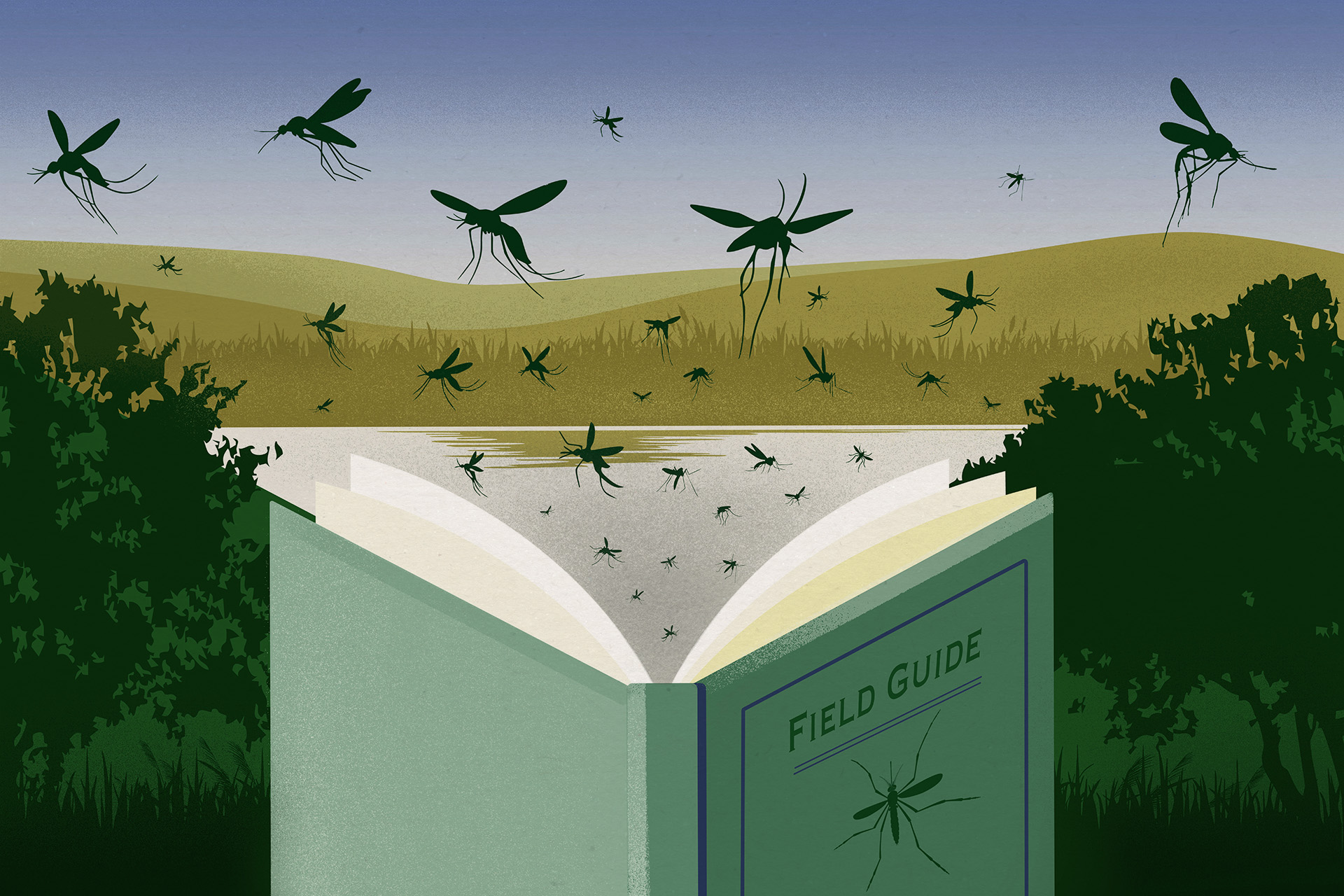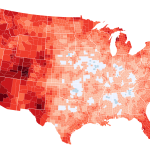The Rise of Mosquito-Borne Diseases in the US
Summer’s warmth brings more than just sunshine and longer days; it also ushers in a potential health threat: mosquitoes. While over 200 mosquito species inhabit the United States, a select few pose a significant risk due to the diseases they transmit. The increasing concern surrounding mosquito-borne illnesses necessitates a heightened awareness of these dangerous insects. What was once a minor annoyance—an itchy bite—could now lead to serious health complications. Understanding which mosquitoes are most dangerous is crucial for personal safety and preventative measures.
The Seven Most Dangerous Mosquito Species
While a definitive list varies slightly depending on geographical location and year-to-year fluctuations in mosquito populations, seven species consistently rank among the most dangerous in the US due to their capacity to transmit serious diseases:
*
Aedes aegypti:
This mosquito is notorious for spreading Zika, dengue fever, and chikungunya viruses. Its prevalence in urban areas increases the risk of infection for a larger population. Recognizing its distinctive black and white striped legs is crucial for identification.
*
Aedes albopictus (Asian tiger mosquito):
Another aggressive biter, the Asian tiger mosquito is also a vector for Zika, dengue fever, and chikungunya. Its adaptability to various environments makes it a widespread threat.
*
Culex species:
This genus includes several species capable of transmitting West Nile virus, a potentially fatal disease affecting the nervous system. Culex mosquitoes are often found near bodies of stagnant water.
*
Anopheles species:
While less prevalent in some areas compared to others on this list, several
Anopheles
species are vectors for malaria, a potentially deadly parasitic disease. Cases of malaria in the US are relatively rare, but the risk remains.
*
Ochlerotatus triseriatus (Eastern treehole mosquito):
This species is known to transmit La Crosse encephalitis, a viral infection that can cause severe neurological problems, particularly in children.
*
Psorophora ciliata (Gallinipper):
While not known for transmitting major diseases, this mosquito is infamous for its extremely painful bite. Its size and aggressiveness make it a nuisance, especially in outdoor settings.
*
Mansonia perturbans (Northern swamp mosquito):
This species can transmit Western equine encephalitis virus, a disease that can cause inflammation of the brain. Cases are relatively rare but the potential severity necessitates caution.
Protecting Yourself from Mosquito-Borne Illnesses
Thankfully, mosquitoes aren’t invincible. Most live only a few weeks, and their range is limited. Cold weather significantly impacts their survival, with temperatures below 50°F hindering their activity. However, proactive measures are essential. These include using insect repellents containing DEET, picaridin, IR3535, or oil of lemon eucalyptus; wearing protective clothing, particularly during dawn and dusk when mosquitoes are most active; eliminating standing water around your home; and maintaining screens on windows and doors.
Conclusion
Awareness of the mosquito species posing the greatest health risks in the US is the first step towards effective prevention. By understanding their characteristics and implementing appropriate protective measures, individuals can significantly reduce their risk of contracting mosquito-borne diseases and enjoy the summer months safely. Staying informed and proactive is key to protecting yourself and your family.
Based on materials: Vox





